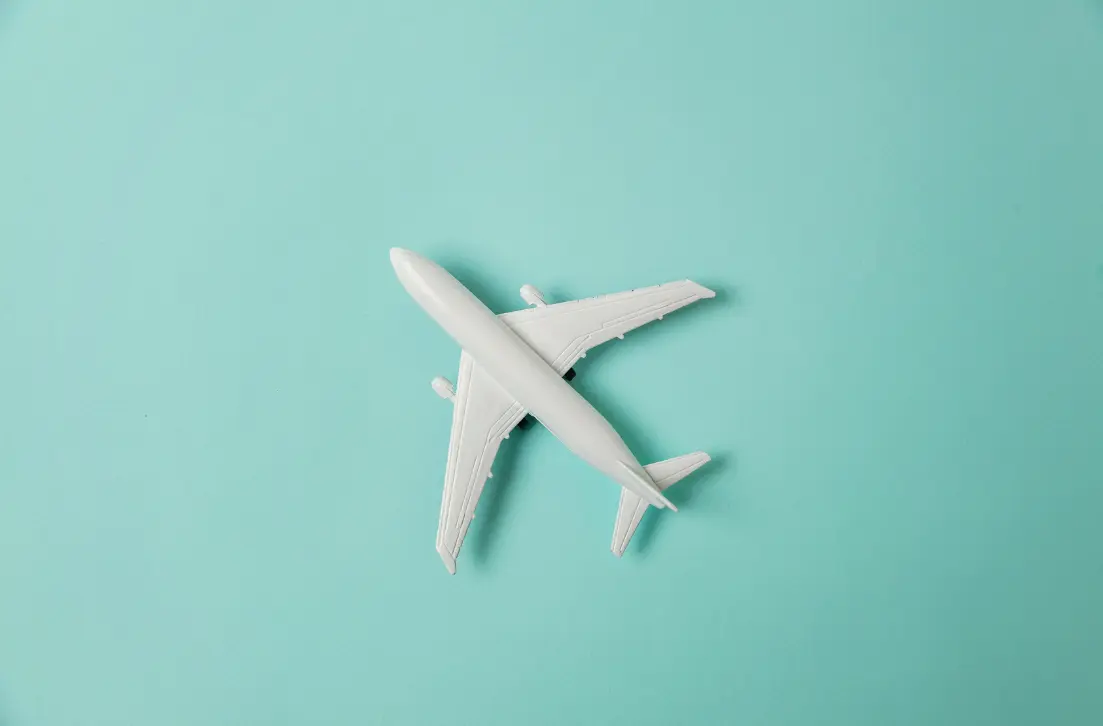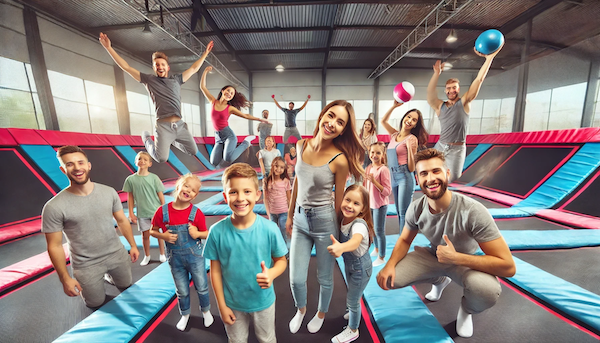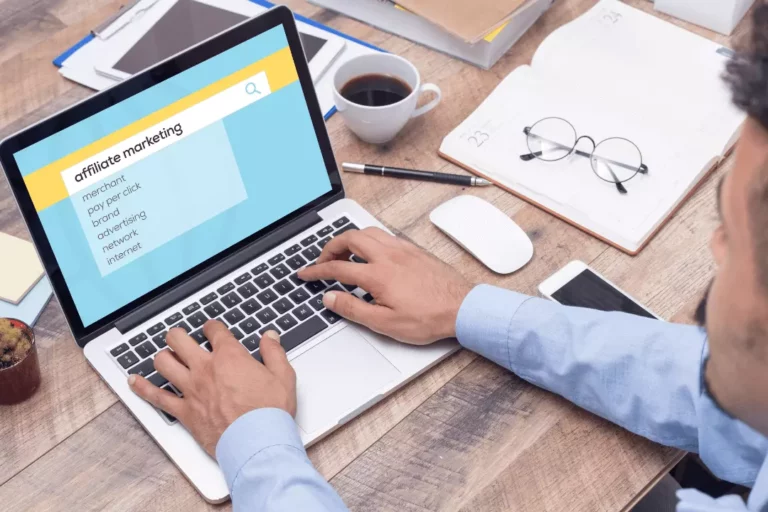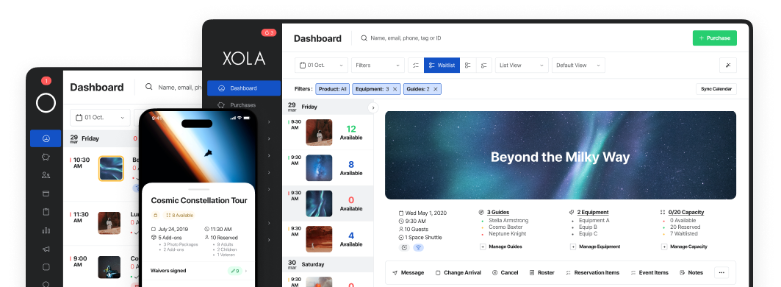
Do you know what portion of your website visitors actually book one of your tours?
You can find out by tracking your website’s conversion rate. This metric tracks the percentage of website visitors that finalize a booking on your site. Considering that the travel industry has one of the highest online shopping cart abandonment rates (nearly 85%), the conversion rate is an important metric to keep an eye on.
It can help operators evaluate whether their marketing strategy and website are attracting the right people. They can then optimze their sites to drive more customers to hit the “checkout” button. The higher the conversion rate, the more profitable a travel business becomes.
In this post, we’ll go over the average conversion rate for travel websites to help you better understand where your company stands.
How do you calculate your site’s conversion rate?
Why is it helpful to increase your site’s conversion rate?
How do you calculate your site’s conversion rate?
Your travel website’s conversion rate measures the percentage of people that make a booking while browsing your site. You can use a simple equation to calculate this:
- Number of website bookings / Number of website visitors = The conversion rate
Let’s say your website had 5,000 visitors last month. Of those, 150 people made a booking. This would make your conversion rate 3%.
Why is it helpful to increase your site’s conversion rate?
When you first launch a tour website, one of your first challenges is getting traffic.
Yet many tour operators forget that traffic doesn’t necessarily correspond to conversions. Traffic alone doesn’t make your company profitable. Even if 10,000 people are visiting your website every month, if no one is booking, you’re not collecting revenue.
Only qualified traffic will generate bookings.
So how do you generate high-quality traffic?
High-quality traffic is made up of people interested in booking with your company. This means they are interested in the tours or experiences you offer. They should also be located in or traveling to your location.
Attracting the right audience can take some trial and error. Conversion rate optimization is the process of improving your website to drive more direct bookings. You need to target the right keywords, connect with users on social media, and perform A/B testing to see what catches your audience’s attention.
When you pair a clear and catchy headline with vibrant photos of your experience, for example, guests will instantly know what kind of tours you offer. When they see previous guests having a great time in those photos, they’ll feel more confident about booking with you.
Now that you’ve captured their attention, the next step is to guide them to your booking page.
If at some point they decide to leave your page without finalizing their purchase, it’s your job to find out why.
Conversion rate benchmarks
According to Littledata, conversion rates can range from 0.2% to 4% in the travel industry. A rate over 2% would put you among the best 20% travel websites. Anything from 3% to 4% would put you among the best 10%.
Meanwhile, Ruler Analytics found the average conversion rate in travel to be a bit higher. Overall, travel brands are achieving a conversion rate of 4.7%, while top performers are converting at a rate of 23%, according to its travel conversion benchmark report.
The average conversion rate for all eCommerce businesses across all industries was around 1.6% as of August 2022. Let’s see how the travel industry stands up against these conversion rate benchmarks:
- Airlines: 5%-10%
- Hotels: 1.5%-2.5%
- Food & beverage: 4%
- Haircare: 3.2%
- Health & beauty: 3.1%
- Beauty & skincare: 2.7%
- General footwear: 2.7%
- General apparel: 2.3%
- Electronics & accessories: 2.1%
- Home appliances: 1.1%
- Handbags & luggage: 1.1%
In 2022, people began researching and booking travel again, and travel websites felt an uptick in traffic. The pent-up demand for travel also drove conversion rates up. Weekly conversion rates increased by 36% between January 2021 and March 2022.
Tour companies with great mobile-friendly websites reaped the benefits. That’s because most of the travelers booking trips and excursions are doing so with a mobile-first mentality. They’re not only using their phones to find inspiration but also to book their vacations. In fact, at least 62% of all online booking activity was driven by mobile devices in 2022.
That tells us that tour operators should focus on increasing conversions across all platforms, especially mobile.
***
In sum, a tour company cannot survive off of website traffic alone. If you’re only focused on increasing your website traffic, now is a great time to start paying attention to your conversion rate, too.
Don’t be discouraged if you find out that your conversion rate is low. As you optimize your website, the right customers will begin to find and book with you. And the more direct bookings you drive through your website, the less you’ll need to rely on Online Travel Agencies (OTAs) and other distribution channels that eat into your profits.





